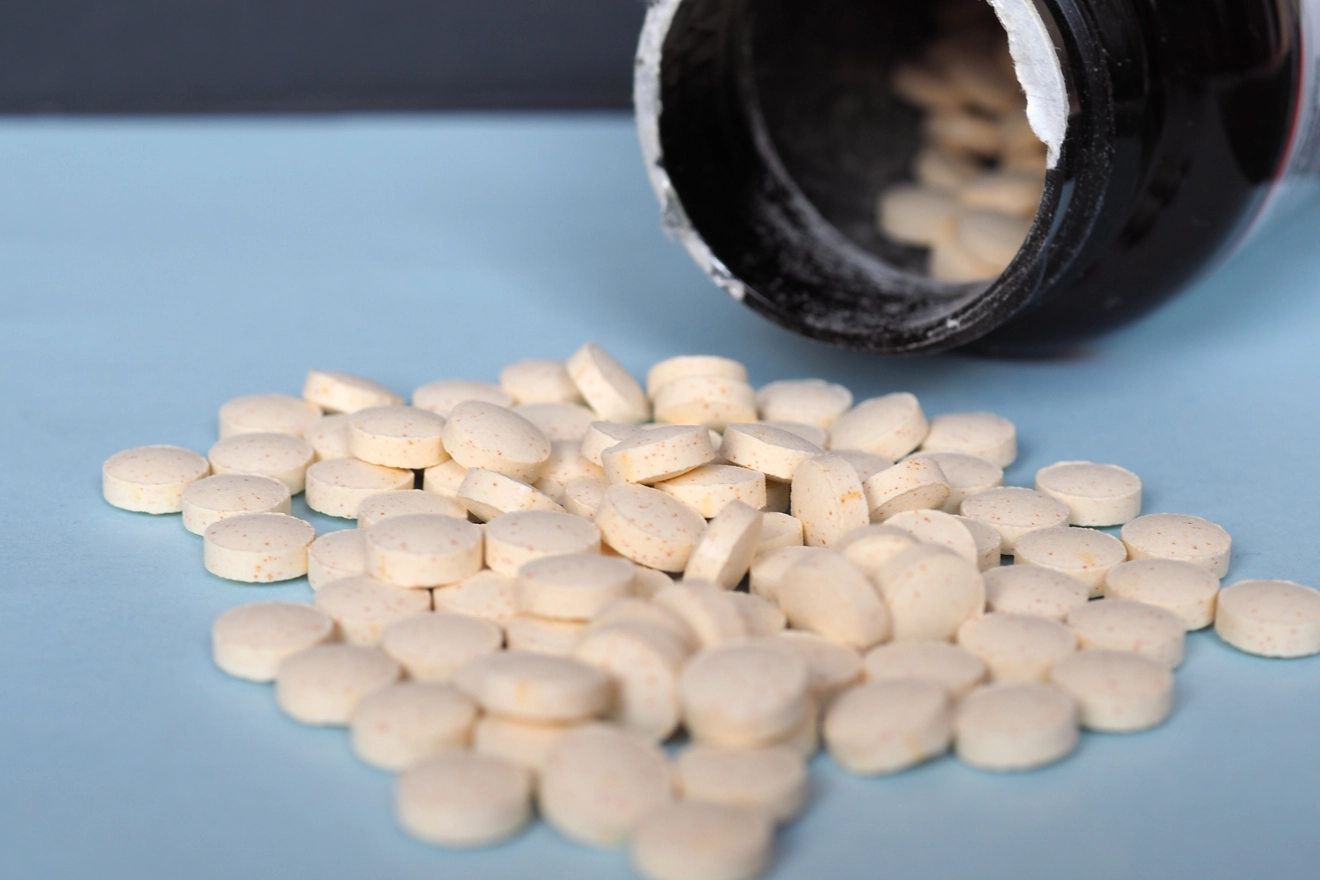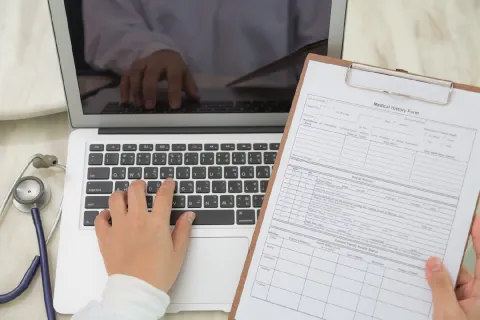
In 2023, about fifty-one (51) drugs will get off-patented in the United States, opening the gates for generic drugs to claim a share of the expected expired drugs. Tracking the expiration of these drugs will help assess business opportunities and refine market entry strategies. As a result, pharmaceutical organizations should understand the criticality of Abbreviated New Drug Application (ANDA) submissions and ensure that the documents submitted have additional information about the medicinal product for review by the competent Health Authority. Post the submission, pharmaceutical organizations wait for a reply to the application anticipating whether the response will be the fat envelope holding an acceptance or the scrawny one with a rejection. Organizations are apprehensive of receiving a Complete Response Letter (CRL) from the United States Food and Drug Administration (USFDA). A CRL describes deficiencies, possible remedies, and options for moving ahead after the drug gets rejected for marketing by the FDA.
The FDA issues a CRL after determining that the submitted data is insufficient to evaluate the required inspections and reviews proposed for a given drug. Receiving a CRL delays drug approvals, impacting the pharmaceutical organizations and their associated suppliers, resulting in lost sales. Stockholders and investors may react negatively, causing a company’s valuation to fall or limit its ability to raise capital.
How Can Applicants Respond to a CRL?
Applicants receiving a CRL must respond within twelve (12) months after the issuance. If no response is submitted, the FDA may consider this failure a request to withdraw the ANDA, except when the applicant has requested an extension of time to address all the deficiencies identified in the CRL. Upon receiving a request to withdraw the application, the Agency notifies the applicant in writing.
There are three (03) ways of responding to a CRL:
1. Resubmission - An applicant can choose to resubmit the entire ANDA application and address every deviation described by the FDA in the CRL. Resubmissions can be made by incorporating the suggestions described by the FDA or adopting their own solutions. The significance of the changes to the application will grant the FDA two (02) to six (06) months of additional application review time.
2. Withdrawal - An applicant can choose to withdraw their ANDA filing. Such a withdrawal takes place without prejudice and enables the applicant to file for an ANDA again.
3. Request an Opportunity for a Hearing - The applicant can request the opportunity to meet with the FDA to discuss whether there are grounds for denying the application under 505(d) and (j). However, applicants should be warned that these hearings are open and public, and granting the hearing does not bind the FDA to reconsider the application.
Extension Period for an ANDA CRL
FDA’s regulations describe whether or not an applicant wants to continue seeking an ANDA approval. An applicant must ensure the submission has all the materials required to address the deficiencies identified in the CRL within one (01) year. Extension of time to address the deficiencies is permitted, for which the applicant must submit an amendment to ANDA. Later the applicant should communicate the request for an extension to the FDA before or on the CRL’s response date.
FDA recommends addressing the following issues for the submission of a request for an extension to respond to a CRL:
- The applicant must draft why they need an extension to a CRL, which must include:
- Request for the first extension along with why the response was not addressed within a year to the CRL
- Request for an additional extension with the reason why the applicant was not able to address the deficiencies identified in the CRL within the timeframe granted by the FDA in the previous extension
- Information on additional work to be addressed by the applicant before responding to the CRL
- Authentication of the developments made while working towards the completion of the work needed to respond to the CRL
- Advances in the timeframe requested by the applicant to address the issues raised in the CRL
It takes months to address the deficiencies described by the FDA in the CRL. While the FDA reviewer’s intent may not be so, the applicants may find themselves trapped in a game of Regulatory whack-a-mole at a moment when resources dwindle and investors lose faith. A trusted partner like Freyr can assist in evaluating the queries from the FDA and prepare an accurate plan by submitting the response package on time. To know more about how Freyr offers help handling a CRL response, visit.









